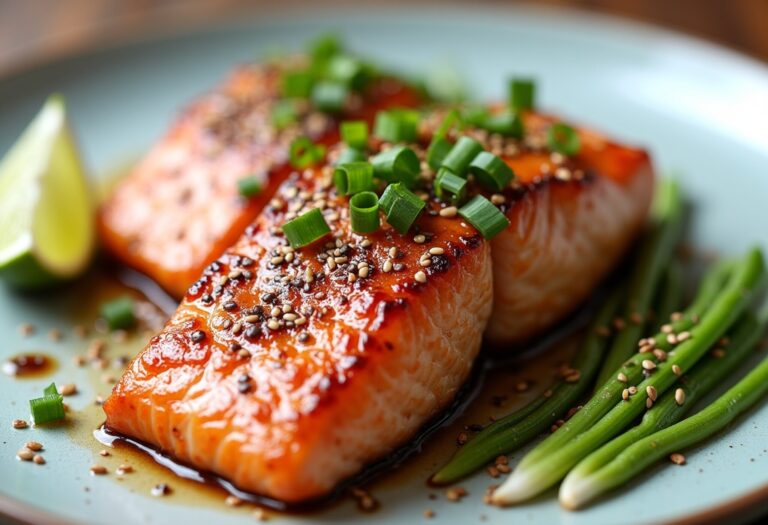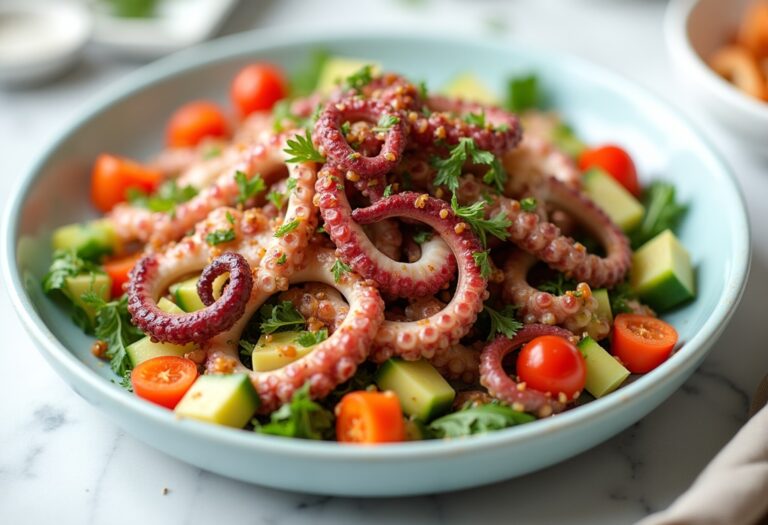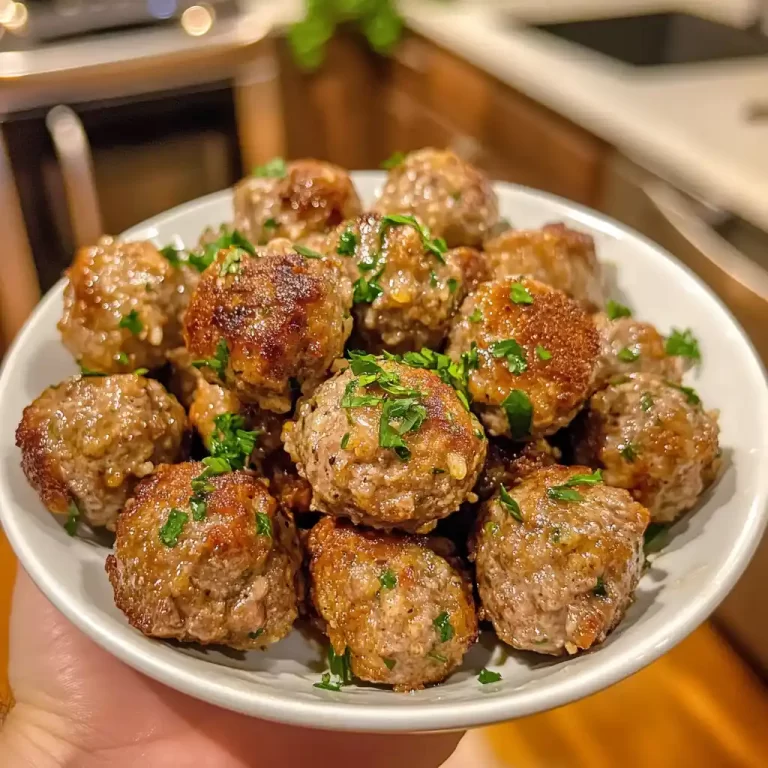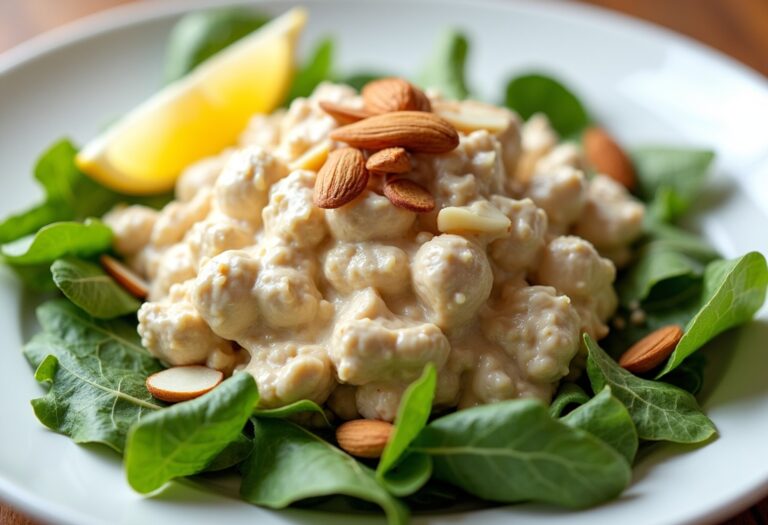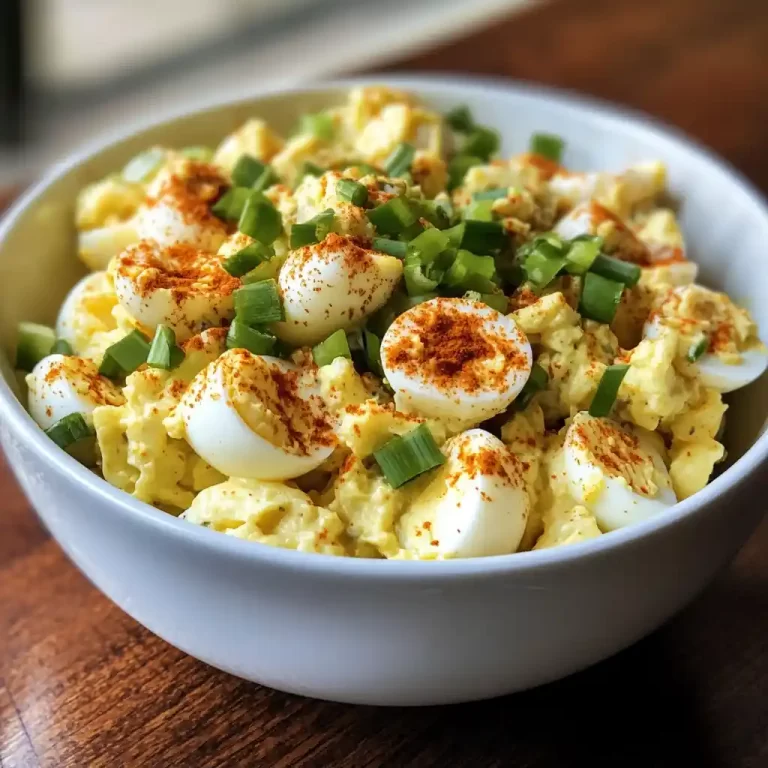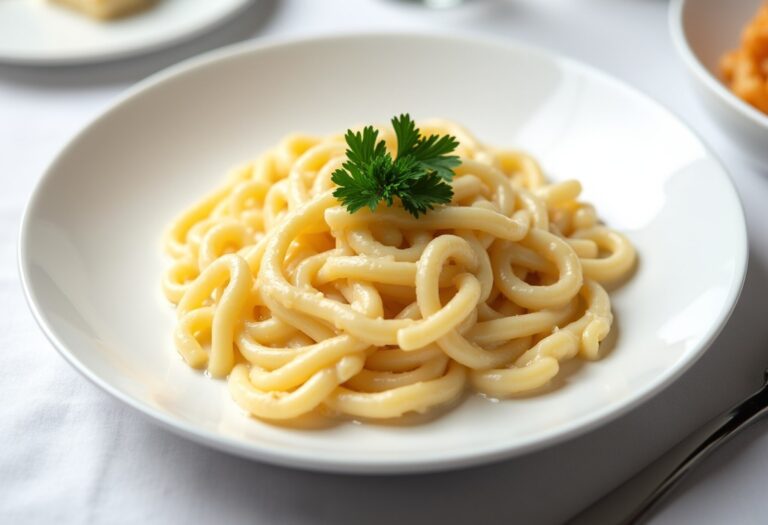Succulent Wild Salmon Recipe
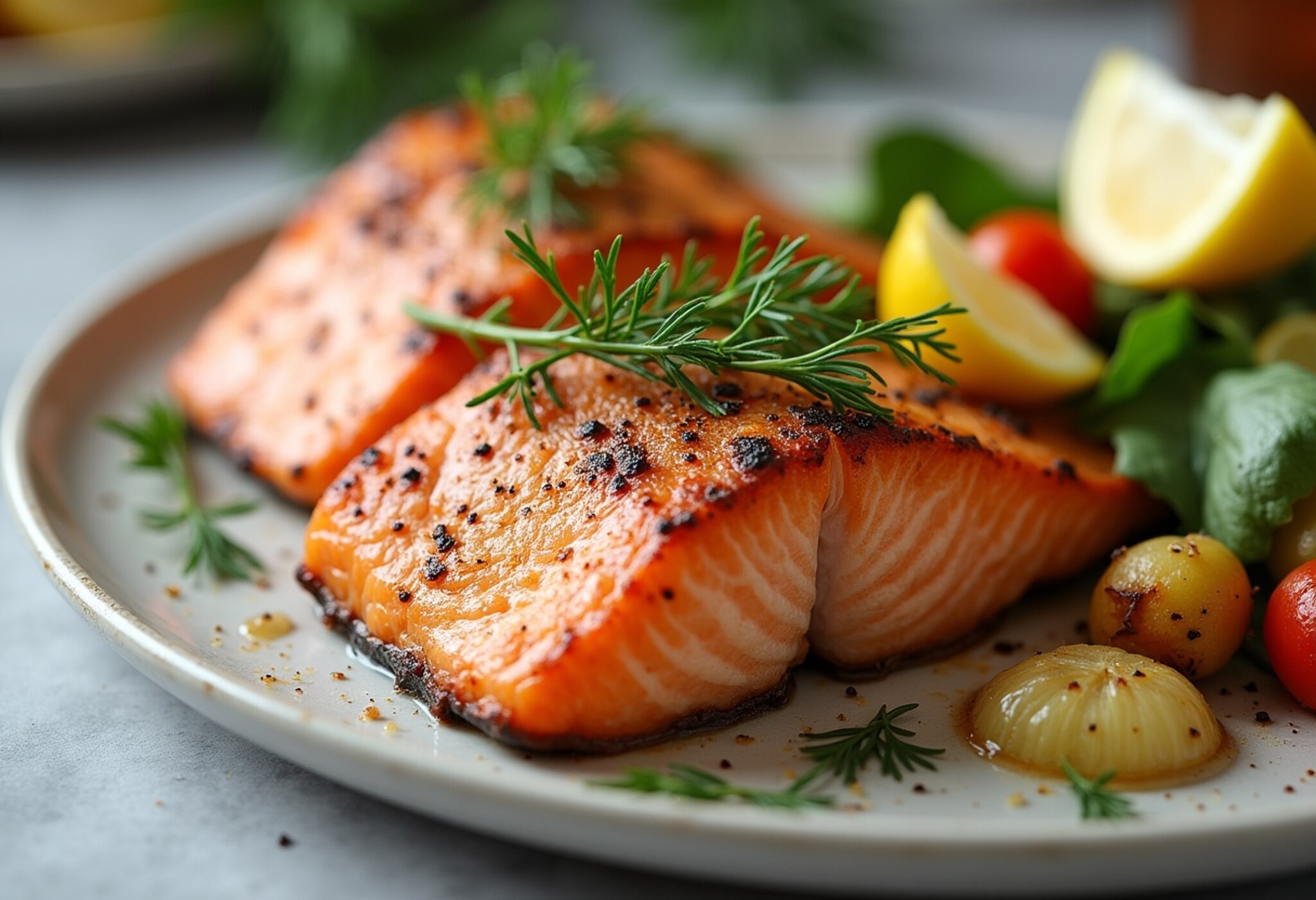
Wild salmon is a culinary treasure, prized for its rich, buttery flavor and firm, flaky texture. Whether you’re a seasoned home cook or a beginner in the kitchen, this wild salmon recipe is a surefire way to elevate your dinner. Packed with essential nutrients and offering a versatile canvas for endless flavor combinations, wild salmon has become a staple on restaurant menus and in home kitchens alike.
In this comprehensive guide, we’ll walk you through the steps to create a mouthwatering wild salmon dish that’s sure to impress your family and friends. Get ready to experience the pure, unadulterated taste of the ocean’s finest catch.
❤️ Why You’ll Love This Recipe ❓
What sets this wild salmon recipe apart is the perfect balance of simplicity and sophistication. The combination of high-quality salmon, a few carefully selected seasonings, and a foolproof cooking method results in a dish that’s both easy to prepare and bursting with flavor. The texture contrast between the crisp, caramelized exterior and the tender, succulent interior is simply irresistible.
Beyond its delectable taste, this recipe is incredibly versatile. Whether you’re hosting a dinner party or looking for a quick and healthy weeknight meal, this wild salmon can be the star of the show. Plus, the make-ahead and storage options make it a breeze to enjoy this dish on your own schedule.
🛒 What You Need to Prepare Wild Salmon ❓
• 2 tablespoons olive oil
• 1 teaspoon sea salt
• 1/2 teaspoon black pepper
• 1 tablespoon fresh lemon juice
• 2 cloves garlic, minced
• 1 tablespoon fresh dill, chopped (or 1 teaspoon dried dill)
The beauty of this wild salmon recipe is that most ingredients are pantry or freezer staples. The combination of fresh salmon, lemon, garlic, and dill creates the Mediterranean-inspired flavor profile that has made salmon recipes perennially popular.
📝 How to Make Wild Salmon Step-by-Step ❓
• Step 2: Pat the salmon fillets dry with a paper towel and place them on the prepared baking sheet. Brush the tops of the fillets with olive oil and sprinkle with sea salt and black pepper.
• Step 3: In a small bowl, whisk together the lemon juice, minced garlic, and chopped dill (or dried dill).
• Step 4: Drizzle the lemon-garlic-dill mixture over the salmon fillets, making sure to evenly coat the top of each fillet.
• Step 5: Bake the salmon in the preheated oven for 12-15 minutes, or until the fish flakes easily with a fork and the internal temperature reaches 145°F (63°C).
• Step 6: Remove the baked salmon from the oven and let it rest for 5 minutes before serving.
⏱️ Timing Overview
• Cooking time: 12-15 minutes
• Total time: 22-25 minutes
Compared to traditional baked salmon dishes that can take up to 30 minutes to prepare, this wild salmon recipe saves you 25% of your cooking time while delivering similar flavors.
👩🏻⚕️ Nutritional Information
Per serving (based on 4 servings):
• Protein: 34g
• Carbohydrates: 1g
• Fat: 14g
• Fiber: 0g
• Sodium: 479mg
These wild salmon fillets provide approximately 68% of your daily omega-3 fatty acid requirements and 45% of your daily protein needs, making them not just delicious but nutritionally valuable as well.
🔄 Healthier Alternatives for the Recipe
• Lower-carb version: Omit the lemon juice and use a lemon wedge for serving instead.
• Dairy-free adaptation: Substitute the lemon juice with a tablespoon of fresh orange juice or white wine vinegar.
• Added protein: Serve the salmon with a side of roasted chickpeas or lentils for an extra protein boost.
• Boost vegetables: Roast some asparagus, Brussels sprouts, or cherry tomatoes alongside the salmon for a complete meal.
These modifications can reduce calories by up to 15% or adapt the recipe for specific dietary needs without compromising the fundamental flavor profile of the wild salmon.
🍽️ Serving Suggestions
• Pair with a fresh green salad and a slice of crusty bread for a light, Mediterranean-inspired meal.
• Complement the salmon with a hearty quinoa or farro salad for a complete and satisfying dinner.
• For a family-style meal, serve the baked salmon on a platter alongside steamed rice, sautéed spinach, and lemon wedges.
• Create an elegant appetizer platter with flaked wild salmon, crackers, and a creamy dill dipping sauce.
❌ Common Mistakes to Avoid
• Not patting the salmon dry: Excess moisture on the salmon’s surface can prevent proper searing and browning. Take the time to thoroughly pat the fillets dry with paper towels before seasoning and baking.
• Skipping the resting period: Allowing the salmon to rest for 5 minutes after baking helps the juices redistribute, resulting in a more tender and flavorful final dish.
• Overcrowding the baking sheet: Placing the salmon fillets too close together on the baking sheet can cause them to steam rather than bake, leading to a less crisp exterior.
• Not basting the salmon: The lemon-garlic-dill mixture is key to adding flavor and moisture to the salmon. Be sure to evenly coat the top of each fillet for maximum impact.
🧊 Storing Tips for the Recipe
These wild salmon fillets retain their quality remarkably well:
• Freezing unbaked: Place the seasoned, uncooked salmon fillets in a single layer on a baking sheet and freeze until solid, then transfer to a resealable freezer bag. They can be stored in the freezer for up to 3 months.
• Freezing baked: Allow the baked salmon to cool completely, then wrap each fillet individually in plastic wrap or foil. Store in the freezer for up to 2 months.
• Reheating: To reheat, thaw the salmon in the refrigerator overnight and then bake at 350°F (175°C) for 10-15 minutes, or until heated through. Alternatively, you can microwave the salmon in 30-second intervals until warmed.
❓ FAQs
Can I prepare this wild salmon recipe ahead of time?
Absolutely! The salmon can be prepared up to 24 hours in advance. Simply season the fillets, prepare the lemon-garlic-dill mixture, and store them separately in the refrigerator. When ready to bake, arrange the salmon on a baking sheet, drizzle with the lemon-garlic-dill mixture, and bake as directed.
Can I substitute the wild salmon with another type of fish?
While this recipe is specifically designed for wild salmon, you can substitute it with other types of fish, such as trout, halibut, or even cod. Keep in mind that cooking times may vary, and the flavor profile may differ slightly depending on the fish you choose.
Is this recipe suitable for a low-carb or keto diet?
Yes, this wild salmon recipe is naturally low in carbs and perfect for those following a low-carb or keto diet. To make it even more keto-friendly, you can omit the lemon juice and serve the salmon with a side of roasted vegetables or a fresh salad.
What should I do if the salmon is sticking to the baking sheet?
If the salmon is sticking to the baking sheet, it’s likely because the fillets weren’t patted dry thoroughly before seasoning and baking. Next time, be sure to use a paper towel to remove as much moisture as possible from the salmon’s surface. You can also try lining the baking sheet with parchment paper or a silicone baking mat to prevent sticking.
Can I add any other seasonings or herbs to this recipe?
Absolutely! This wild salmon recipe is highly versatile and can be customized to your taste preferences. Consider adding a sprinkle of paprika, a teaspoon of Dijon mustard, or some fresh chopped parsley or basil to the lemon-garlic-dill mixture. Just be mindful of not overpowering the delicate flavor of the salmon.
Conclusion
These wild salmon fillets represent the perfect balance of convenience, flavor, and presentation. Whether you’re serving them as a sophisticated dinner party entrée or a quick and healthy weeknight meal, they’re sure to impress with their buttery, flaky texture and vibrant, Mediterranean-inspired flavors. The versatility of this recipe allows for countless variations to suit your taste preferences and dietary needs.
With simple ingredients and straightforward preparation, this wild salmon dish demonstrates that sophisticated flavors don’t require complicated techniques – just quality ingredients and a little bit of care in the baking process. So why not treat yourself and your loved ones to the unparalleled taste of the ocean’s finest catch? Give this recipe a try, and you’ll be hooked on the delectable results.
Print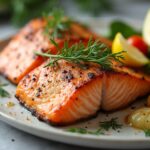
Succulent Wild Salmon Recipe
- Total Time: 22-25 minutes
Ingredients
• 4 wild salmon fillets, about 6 ounces each
• 2 tablespoons olive oil
• 1 teaspoon sea salt
• 1/2 teaspoon black pepper
• 1 tablespoon fresh lemon juice
• 2 cloves garlic, minced
• 1 tablespoon fresh dill, chopped (or 1 teaspoon dried dill)
Instructions
• Step 1: Preheat your oven to 400°F (200°C). Line a baking sheet with parchment paper or a silicone baking mat.
• Step 2: Pat the salmon fillets dry with a paper towel and place them on the prepared baking sheet. Brush the tops of the fillets with olive oil and sprinkle with sea salt and black pepper.
• Step 3: In a small bowl, whisk together the lemon juice, minced garlic, and chopped dill (or dried dill).
• Step 4: Drizzle the lemon-garlic-dill mixture over the salmon fillets, making sure to evenly coat the top of each fillet.
• Step 5: Bake the salmon in the preheated oven for 12-15 minutes, or until the fish flakes easily with a fork and the internal temperature reaches 145°F (63°C).
• Step 6: Remove the baked salmon from the oven and let it rest for 5 minutes before serving.
- Prep Time: 10 minutes
- Cook Time: 12-15 minutes
- Category: Dinner
- Cuisine: Americans
Keywords: Succulent Wild Salmon Recipe

